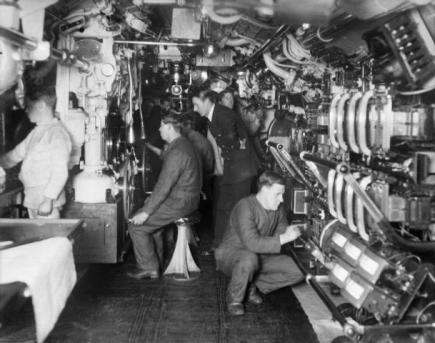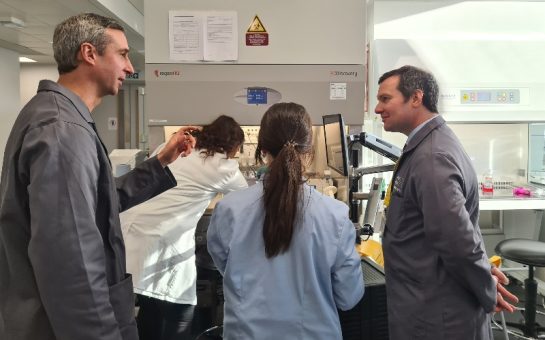As Hollywood celebrates one Manchester scientist’s work in the war effort in The Imitation Game, another of the city’s most celebrated thinker’s contributions are being recognised.
Ernest Rutherford, famed for splitting the atom in 1917, has now finally been recognised for his work which helped to pioneer a ship detection system during World War One.
The news comes only days before The Imitation Game’s release in UK cinemas, which focuses on the man who cracked the Enigma Code in WWII – Manchester’s own Alan Turing.
Manchester University graduate Rutherford, who is renowned for his ground-breaking work on nuclear science, led a number of experiments in a top secret mission to develop an acoustic detection system. However his work was kept hidden by the Official Secrets Act after his death in 1937.
Using top secret water tanks at the University of Manchester, Rutherford’s discoveries were the foundations for what is now known as sonar – a method for detecting and locating objects under water.
Dr Christine Twigg, from The University of Manchester, said: “This momentous report was the foundation of subsequent anti-submarine warfare and would safeguard thousands of Allied lives in both world wars.”
In 1915, The Nobel prize-winner published his renowned paper which discussed secret signalling using sound waves.
It was this publication that led to early versions of sonar installed on Royal Navy war ships towards the end of the Great War.
In 1917, Rutherford fronted an official British scientific mission to America, where he continued to share his expertise on naval research into peacetime.
The pioneering scholar also collaborated with former University of Manchester students and associates including Albert Beaumont Wood, Harold Gerrard, Robert Boyle and William Henry Bragg.
Rutherford and his fellow university counterparts then went on to work with French physicist, Paul Langevin to produce a working prototype of what the Brits originally called ‘ASDIC’ and later dubbed sonar.

PIONEERING ENGINEERING: The interior of a British E-class submarine 1914-1918
Early versions of the technology were being installed on Royal Navy war ships just as the war came to an end but would be used to great effect in the following global conflict.
Rutherford’s crucial work was kept from the public and biographers for many years and was strictly embargoed by the Official Secrets Act.
With this year’s Centenary celebrations taking place around the world, Dr Twigg who has researched Rutherford’s work believes the Manchester scientist deserves greater recognition for his top secret World War One defence project.
“Rutherford’s role in the development of this field is relatively unknown and was rarely mentioned by his associates as it was one of the greatest official secrets at the time of his death in 1937,” added Dr Twigg.
“Nevertheless, it is believed to be an example of his great genius in an area of intellectual adventure which few had previously entered.”
Image courtesy of United States Library of Congress, with thanks



